
Salvatore LoForte or Lo Forte (1804 -1885) was an Italian painter.

Salvatore LoForte or Lo Forte (1804 -1885) was an Italian painter.

.


He was born in Palermo. He painted both portraits and religious subjects. He painted a well respected portrait of Garibaldi. He painted an altarpiece depicting Saints Benedict and Scholastica for the church of Santa Chiara, Noto. One of his pupils was Giuseppe Tambuscio. There is a bust of the painter on display in the gardens of Villa Bonnano of Palermo.
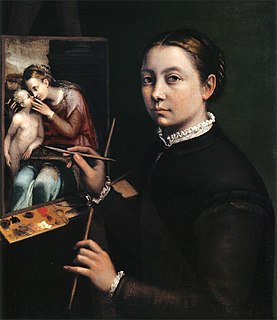
Sofonisba Anguissola, also known as Sophonisba Angussola or Sophonisba Anguisciola, was an Italian Renaissance painter born in Cremona to a relatively poor noble family. She received a well-rounded education that included the fine arts, and her apprenticeship with local painters set a precedent for women to be accepted as students of art. As a young woman, Anguissola traveled to Rome where she was introduced to Michelangelo, who immediately recognized her talent, and to Milan, where she painted the Duke of Alba. The Spanish queen, Elizabeth of Valois, was a keen amateur painter and in 1559 Anguissola was recruited to go to Madrid as her tutor, with the rank of lady-in-waiting. She later became an official court painter to the king, Philip II, and adapted her style to the more formal requirements of official portraits for the Spanish court. After the queen's death, Philip helped arrange an aristocratic marriage for her. She moved to Sicily, and later Pisa and Genoa, where she continued to practice as a leading portrait painter.

Antonello da Messina, properly Antonello di Giovanni di Antonio, but also called Antonello degli Antoni and Anglicized as Anthony of Messina, was a Sicilian painter from Messina, active during the Early Italian Renaissance. His work shows strong influences from Early Netherlandish painting, although there is no documentary evidence that he ever travelled beyond Italy. Giorgio Vasari credited him with the introduction of oil painting into Italy. Unusually for a south Italian artist of the Renaissance, his work proved influential on painters in northern Italy, especially in Venice.
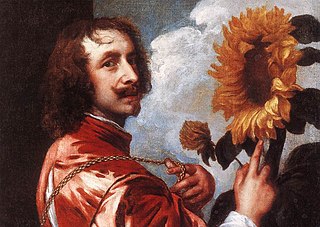
Sir Anthony van Dyck was a Flemish Baroque artist who became the leading court painter in England after success in the Southern Netherlands and Italy.
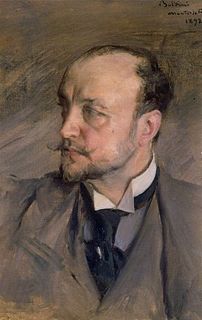
Giovanni Boldini was an Italian genre and portrait painter who lived and worked in Paris for most of his career. According to a 1933 article in Time magazine, he was known as the "Master of Swish" because of his flowing style of painting.

Christ Falling on the Way to Calvary, also known as Lo Spasimo or Il Spasimo di Sicilia, is a painting by the Italian High Renaissance painter Raphael, of c. 1514–16, now in the Museo del Prado in Madrid. It is an important work for the development of his style.

Renato Guttuso was an Italian painter and politician. His best-known works include Flight from Etna (1938–39), Crucifixion (1941) and La Vucciria (1974). Guttuso also designed for the theatre and did illustrations for books. Those for Elizabeth David’s Italian Food (1954), introduced him to many in the English-speaking world. A fierce anti-Fascist, "he developed out of Expressionism and the harsh light of his native land to paint landscapes and social commentary."

Pietro Novelli was an Italian painter of the Baroque period, active mainly in Palermo. Also known as il Monrealese or Pietro "Malta" Novelli to distinguish him from his father, Pietro Antonio Novelli I. He was also nicknamed by contemporaries as the Raphael of Sicily.

Guglielmo Borremans or Guglielmo Fiamingo (1670–1744) was a Flemish painter whose documented career took principally place in Italy, in particular Naples, Cosenza and Sicily. Here he was one of the pre-eminent late-Baroque fresco painters of the first half of the 17th century who received multiple commissions to decorate churches and palaces.
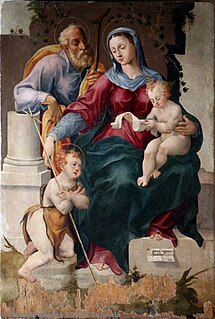
Pietro Negroni, also called Il Giovane Zingaro and Lo zingarello di Cosenza, was an Italian painter of the Renaissance period, active mainly in Naples. He was known for his altarpieces, mythological scenes and portraits.
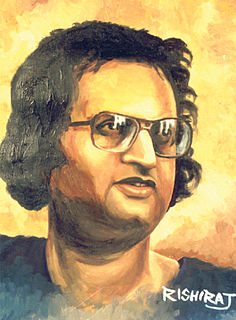
Bikash Bhattacharjee was an Indian painter from Kolkata in West Bengal. Through his paintings, he depicted the life of the average middle-class Bengali – their aspirations, superstitions, hypocrisy and corruption, and even the violence that is endemic to Kolkata. He worked in oils, acrylics, water-colours, conté and collage. In 2003, he was awarded the highest award of Lalit Kala Akademi, India's National Academy of Arts, the Lalit Kala Akademi Fellowship.
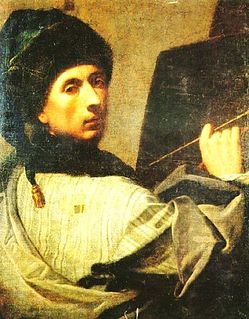
Vito D'Anna was an Italian painter, considered the most prominent painter of Palermitan rococo and one of the most important artists of Sicily.

Francesco Lojacono or Lo Jacono (1838–1915) was an Italian painter, mainly of landscapes and seascapes.
Francesco Arancio was an Italian painter.
Dario Querci was an Italian painter, mainly painting historical and literary subjects in a late-Neoclassic style.
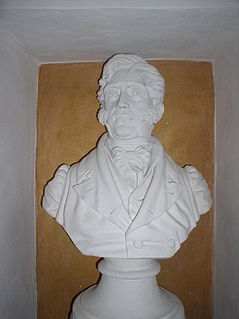
Olivio Sòzzi or Sozzi was an Italian painter, active in Sicily during the Rococo period.

Giuseppe Velasquez, Velasques or Velasco was an Italian painter, active in a Neoclassic style.
Vincenzo Riolo was an Italian painter of the Neoclassical style, active mainly in his native Sicily.

Gioacchino Martorana was a Sicilian painter. He was the son of Pietro Martorana and a member of an extended family of decorators and artists from Palermo.

The Modern Art Gallery of Palermo is a civic art gallery of Palermo, displaying works from the 19th until the early 20th century, located on Via Sant'Anna #21, adjacent to the church of Sant'Anna la Misericordia in the ancient quarter of the Kalsa of the city of Palermo, region of Sicily, Italy. The collections were moved to this site, consisting of the former Franciscan convent associated with Sant'Anna and the adjacent Palazzo Bonet.

Franca Florio, born Francesca Paola Jacona della Motta dei baroni di San Giuliano and commonly called Donna Franca, was an Italian noblewoman, socialite and a prominent protagonist of the Belle Époque. Descendant of a Sicilian noble family, she married the entrepreneur Ignazio Florio Jr., member of the wealthy Florio family. She was nicknamed "Queen of Palermo".